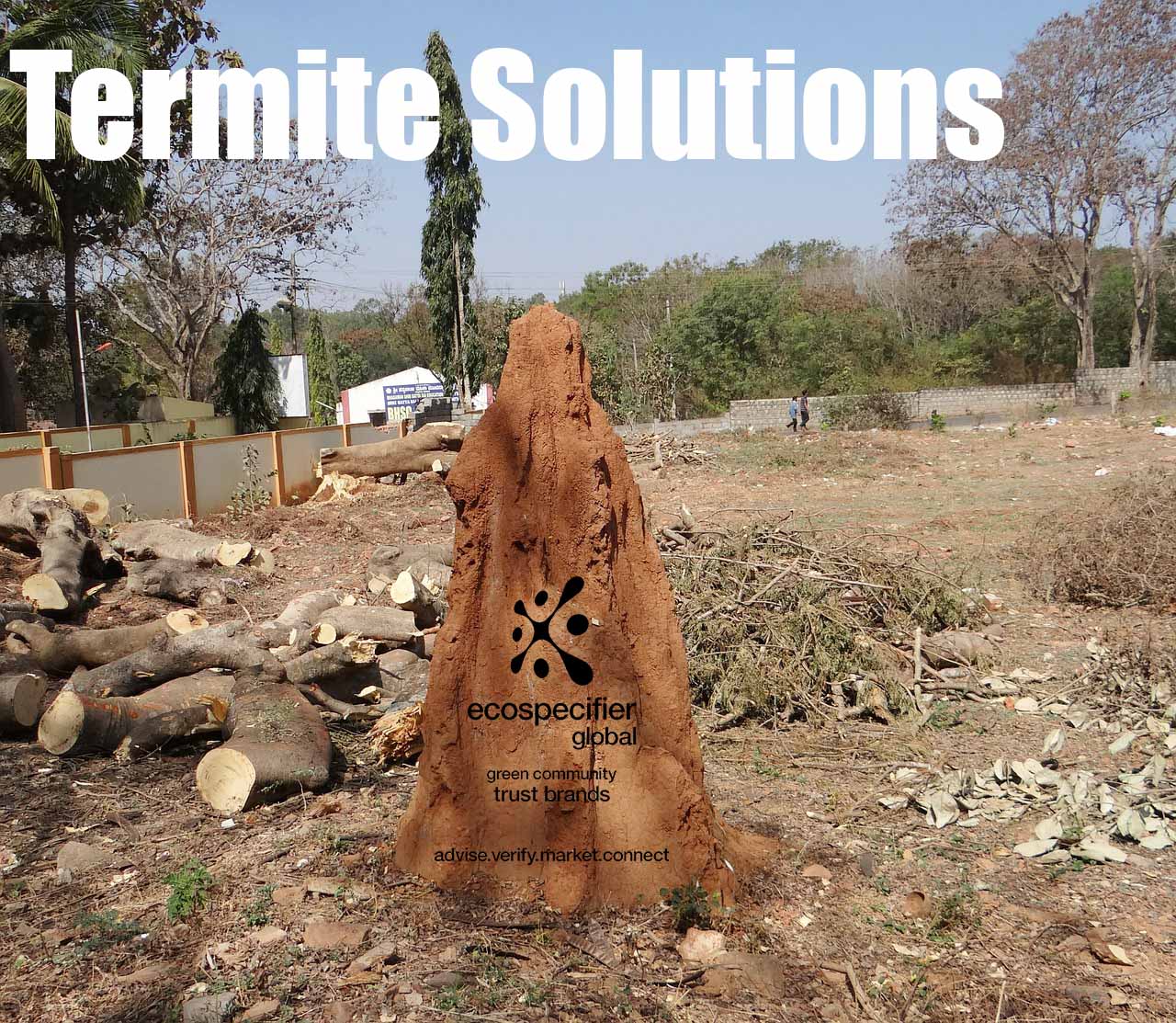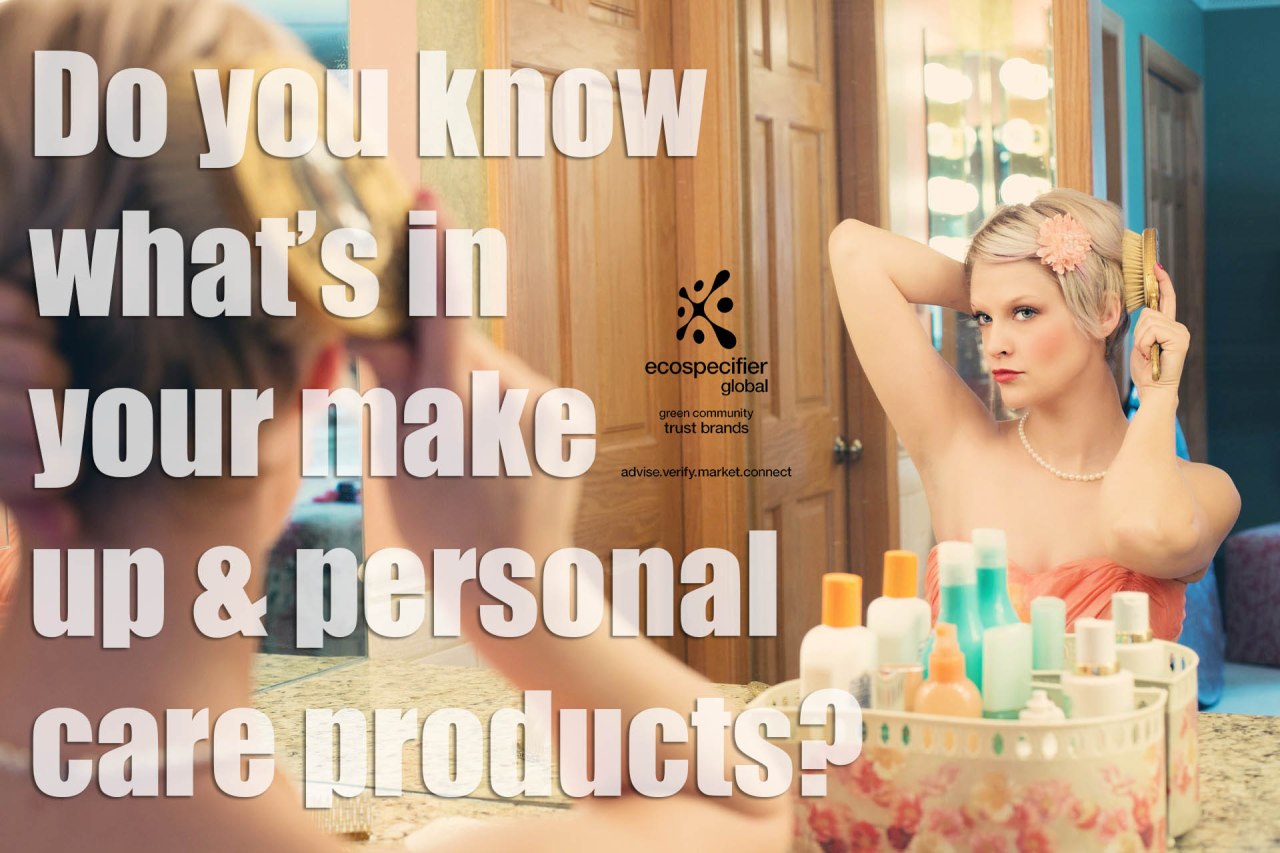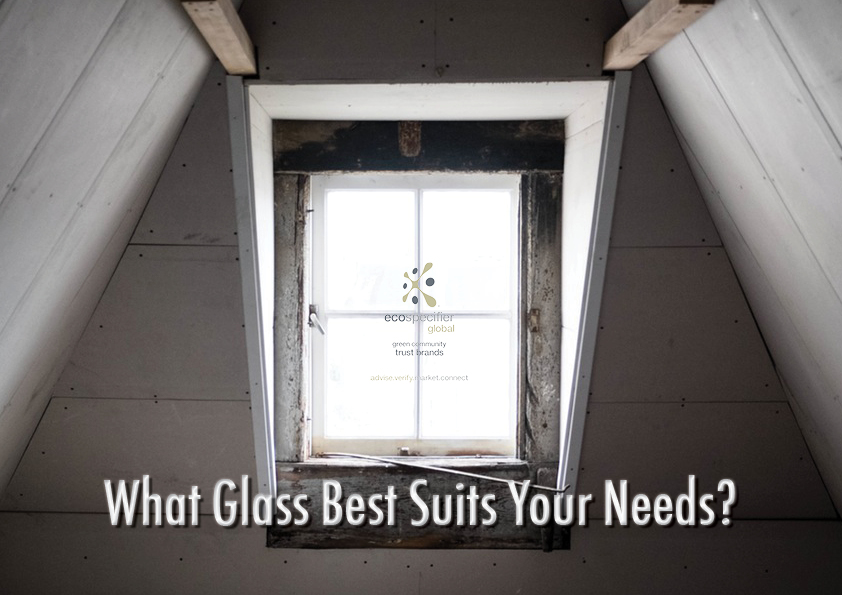- It’s the 21st century, surely chemical termite barriers only use the safest of chemicals…there isn’t anything to worry about, is there?
No, although there is greater monitoring of the use of chemicals nowadays, there are still chemicals that are extremely toxic or toxic for both the environment and your family’s health; the most toxic in common use is Arsenic Trioxide along with the lesser but still toxic Chlorpyrifos and Bifenthrin examples.
- Termite barriers are installed by licenced professionals using approved chemicals, how can they be harmful?
Even approved chemical barriers have known health impacts – and the authorities look at the trade off between what is an ‘acceptable risk’ and what chemicals will protect property yet not be too toxic to humans. That doesn’t mean they have no impact as all are toxic in some greater or lesser ways to humans. Especially when they are broadly (and commonly) sprayed under and around houses for termites, spiders and ants. They also have relatively short term life spans 2-5 years and will need to be reapplied. Re-application exposes the family and pets all over again.
- I would like a physical termite barrier but my house is already built is there anything I can do?
Unfortunately there isn’t much, physical termite barriers are constructed at the same time as the building or during construction of extensions. Some types can be retrofitted to existing buildings, but this is expensive and not likely to lead to a continuously intact barrier and therefore may not be completely effective.
- My home frame is constructed from treated pine does it still need termite protection?
Treated pine is a wood that has been impregnated with a chemical solution to give it long term resistance to aspects such as weathering, rotting, insects and wood destroying organisms like termites. So whilst the treated pine is ‘resistant’ to termites, it is not ‘termite proof’, and can also be used by termites to migrate to places where there is untreated wood or even objects like carpet, books and furniture; (keep in mind termites eat all types of fibrous material not just wood) and therefore you still need termite barriers in addition to treated frames and undertake regular inspections to make sure the barriers remain in tact..
5 I am an expectant mother with two young children and a family dog, what is the most suitable option for me?
The safest option for you, your children and pet dog is by far the physical or hybrid physical barrier. Physical barriers are in permanent once in place and will not need replacing or re application as is required with liquid chemical barriers. Hybrid barriers are physical barriers created by trapping a layer of chemical impregnated fabric between layers of impermeable plastic.
Use of physical barriers are specially relevant to families with pets especially dogs, as dogs like to dig and persistent digging can expose the chemicals and be potentially fatal for the dog and require repair of the barrier.
Explore more about the product ranges that have been eco-certified and listed by Ecospecifier, by using the Product Search Engine on Ecospecifier Global: http://www.ecospecifier.com.au
Join us in more conversations about green products and sustainability issues on our social media pages:
Follow Ecospecifier on Facebook
Follow Ecospecifier on Twitter
Follow Ecospecifier on LinkedIn
Join our Social Media Honour Roll – support the switch to green products
Like, Comment and Share our blogs and posts on your social media pages … and we will send your name out to more than 15,000 subscribers via our monthly Ecospecifier Global Newsletter.
See which stellar individuals, businesses and networks made the latest Honour Roll on Twitter and Facebook HERE We salute you in helping us educate and help more people #MaketheSwitch to #EcoResponsible products.



